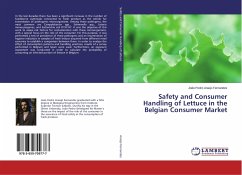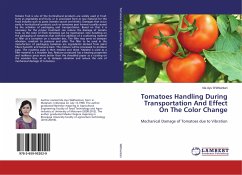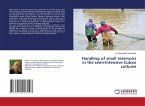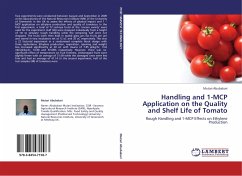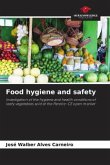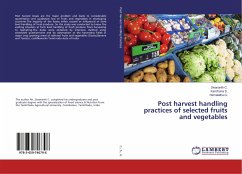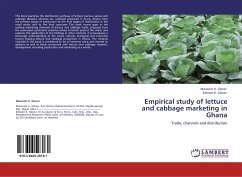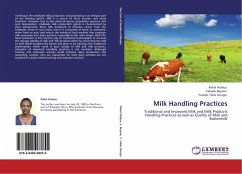In the last decades there has been a significant increase in the number of foodborne outbreaks connected to fresh produce as the vehicle for transmission of pathogenic microorganisms. Among these pathogens, the most common are Campylobacter spp., Salmonella spp., Listeria monocytogenes, and Escherichia coli O157:H7. It was the objective of this work to assess risk factors for contamination with these microorganisms, with a special focus on the role of the consumer. For this purpose, it was performed a test of prevalence of these pathogens and an enumeration of hygiene indicators in samples of fresh lettuce acquired from different retail scenarios to establish a comparison between them. In order to analyze the effect of consumption patterns and handling practices, results of a survey performed in Belgium and Spain were used. Furthermore, an exposure assessment was conducted in order to calculate the probability of consuming an infected portion of lettuce in Belgium.
Hinweis: Dieser Artikel kann nur an eine deutsche Lieferadresse ausgeliefert werden.
Hinweis: Dieser Artikel kann nur an eine deutsche Lieferadresse ausgeliefert werden.

